The Article
INNER SLEEVES – HISTORY & BUYER’S GUIDE
28th July 2023
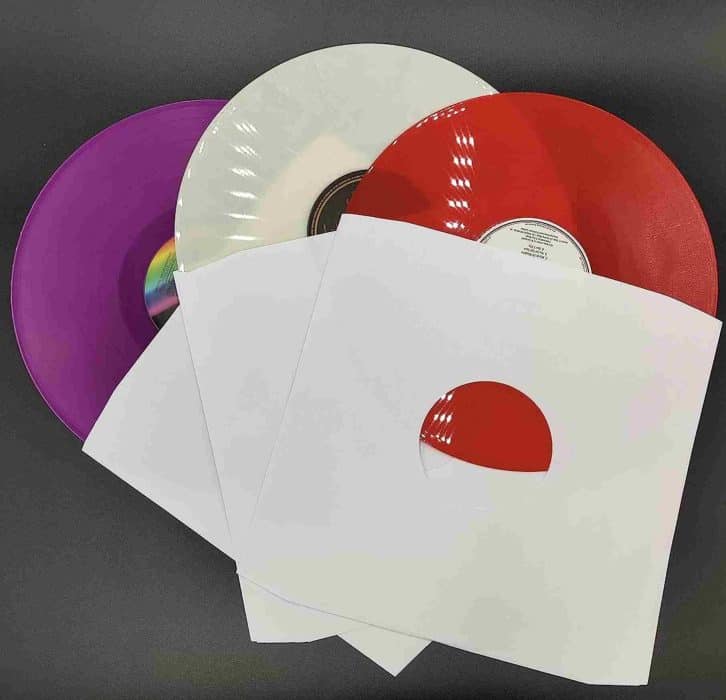
Call them dust bags or plain old bags if you like but I prefer inner sleeves. This feature includes a brief history and a broad-based Buyer’s Guide covering general inner sleeve variants
This is a wholly imperfect and brief history and I ask for help from you if you have any supporting books or documents to help fill in some of the gaps or supply corrections here. I could have spent months on this subject but instead I was restricted to mere hours because of deadlines. So here we go.
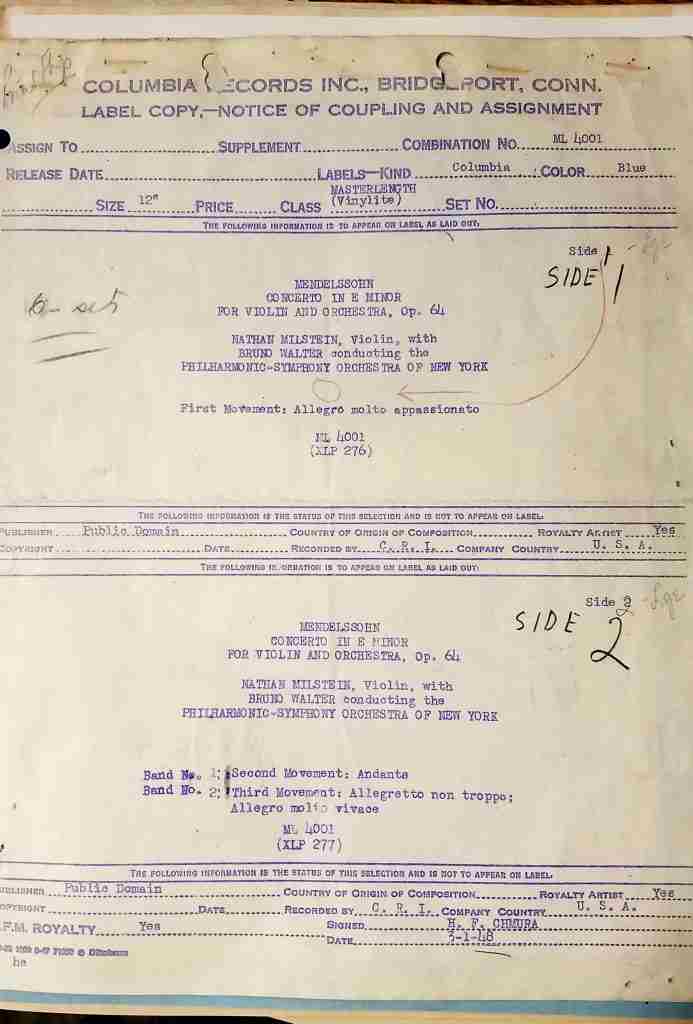
The vinyl LP was launched around what, 1948? And from what I can tell, those LPs were pushed – naked – into heavy card board outer sleeves and that was that. No inners. That’s what you bought over the counter. Paper sleeves were used to protect the earlier 78s sure but originally, record labels thought that hard cardboard outer sleeves would be a sufficient protective covering for vinyl records. So poor vinyl records were left to bounce and scrape and scratched instead these rough cardboard outer sleeves. Not good.
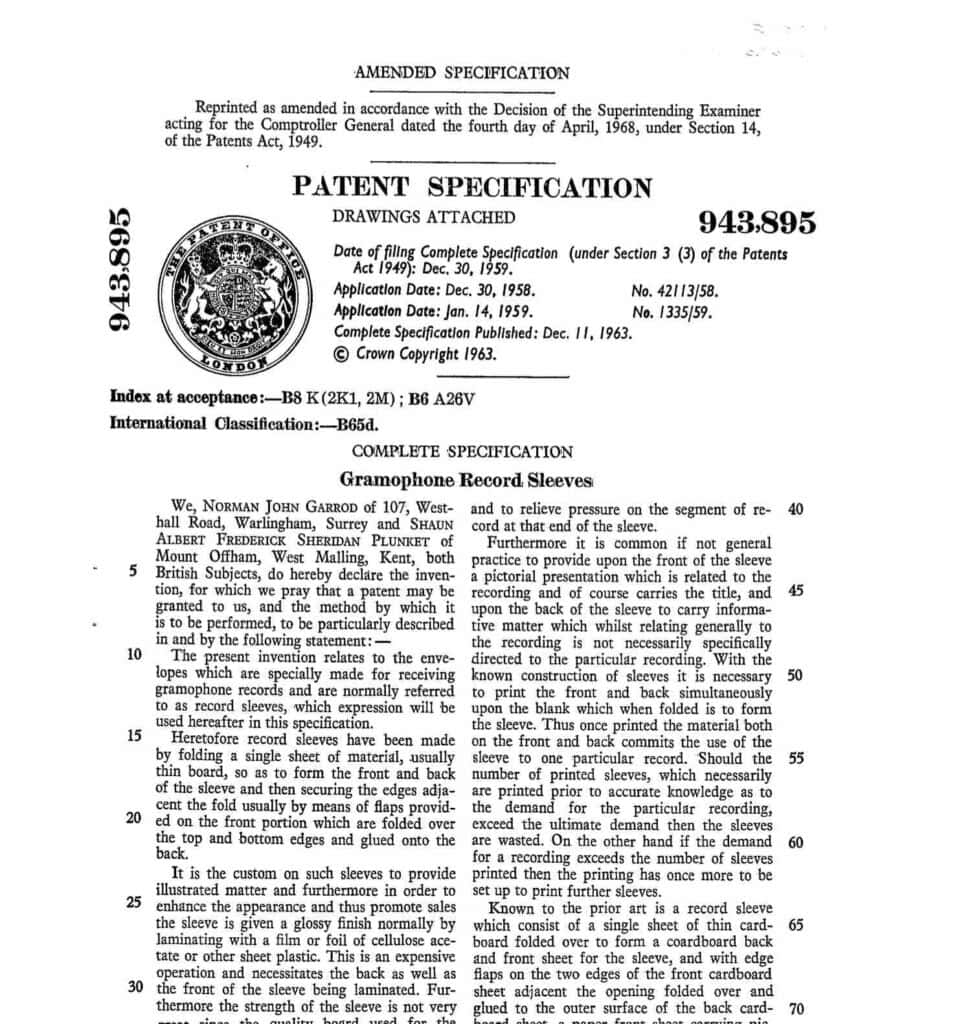
It took a few years for record companies to realise that the relatively fragile vinyl records required a tad more protection.
According to my research, it was a chap named Robert D. Allison who invented the inner sleeve. He was the general manager of the Hartford (Connecticut) branch of the US Envelope Company, apparently.
Those first inner sleeves arrived during the mid 50s but were nothing more than shaped plastic bags (sometimes square in shape, sometimes curved on the back side) which were gentle on the record but did tend to crush and rumple when you pushed them into the outer sleeve, often exposing the vinyl to the outer sleeve which missed the point on the inner in the first place.
PAPER
Then paper was introduced. The use of paper provided a sense of structure for the inner sleeve. Paper-based inners were able to better retain their shape as they were pushed into and pulled out of the outer sleeve.
You do find rumpled paper inners of course because sometimes the manufacture of outer sleeves doesn’t leave enough room inside for the corner extremities of the inner sleeve. Hence, you will sometimes find inner-sleeve corners crushed and folded. Even so, paper inners better hold their shape than pure soft plastic inners.
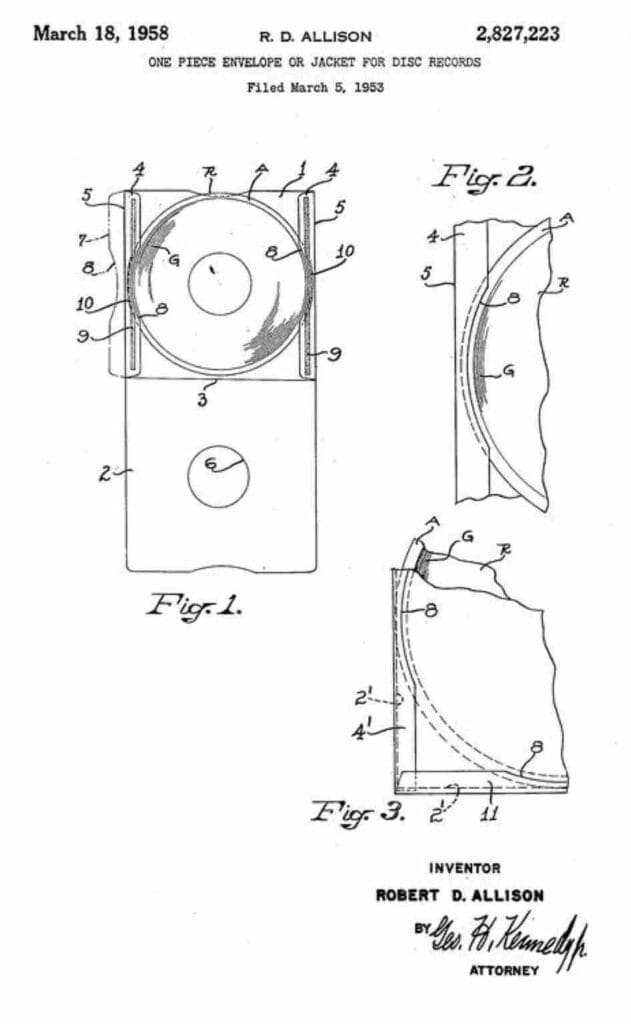
The main reason paper was used as the basis for the inner sleeve was down to marketing. Labels realised that the space it provided could be used to promote the label’s other vinyl releases or even the good care of the vinyl record itself, sometimes promoting specific vinyl care products or even stylii in the process.
The type and quality of inner sleeves at this time varied tremendously. Some were presented as basic paper-only die cut designs, others used a paper sleeve but were lined with a soft plastic inner.
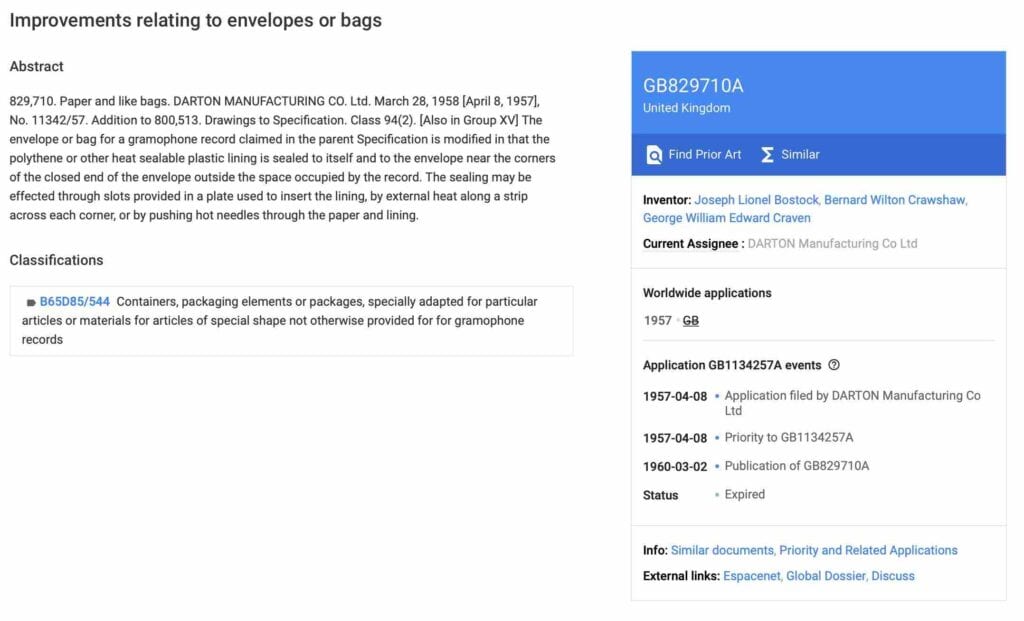
From what I can tell, the addition of the soft plastic lining occurred in 1957 or 1958. That appears to have been invented by three people at the UK outfit called Darton Manufacturing Co. Ltd.
The soft plastic lining style was not the only variation of course. For example, there were inner sleeves that featured a soft waxy-like coating on the inside of the paper sleeve to protect the record. And that’s a design you didn’t see too often back in the day and I don’t see at all now – unless you know different – and I’d like to see returned – although I wonder if the production process is too expensive nowadays?
INNER SLEEVE BUYER’S GUIDE
PAPER INNERS
The bad boy of the inner sleeve world is the basic paper inner.
Let me tell you a quick story. A brief tangent. I haven’t always been a HiFi journalist. When I started out in the 80s, I was an aviation journalist and, during that time, I also started to write for plastic model making magazines. I was into building plastic aircraft models. You know, Airfix and the like.
Because I strived for realism, I liked to take off-the-shelf kits and modify them, enhancing or even creating new details. Hence, you’d use an array of tools to do that. One of which was a range of fine-grain sand or glass papers to remove heavy-handed detailing or a seam or some such. When using these papers on plastic kits, the finer the grain, the smoother the finish as earlier scratches or imperfections were slowly removed.
One of the tools on offer was paper. Yep. Basic paper. Because common or garden paper is an abrasive. A very fine abrasive sure, but an abrasive nevertheless.
You can even use basic paper to clean your car’s windscreen. No chemicals. Just paper. Works a treat. Yes, it has absorbency which helps but it works so successfully because the paper offers a fine abrasion during cleaning, removing and scraping dirt away from your windscreen.
So, if paper is an abrasive, why would you cover your fragile vinyl records with a paper-only inner sleeve? Worse, why would you then sand your vinyl records every time you pulled the record from a paper-based inner sleeve and then pushed it back in after play? Do that over and over and you will abrade the vinyl, adding micro scratches to the surface, creating PVC fine dust in the process that falls into the groove, adding to surface noise, pops and clicks. Paper inner sleeves also do nothing to reduce static which attracts more dust to the vinyl surface which then further increases the abrasive action by working with that new dust to create larger scratches. So no. If you buy a vinyl record, new or old, that includes a paper inner? Replace it.
I said replace it. Don’t bin it.
In the old days I used to actually bin the old inner but I’ve quickly changed my mind. I do not use the old inner but I do keep it – whether it be paper only or otherwise, patterned or full of old Ads or whatever – because it represents a time and a place and is part of the original product and thus has a certain intrinsic if not monetary value.
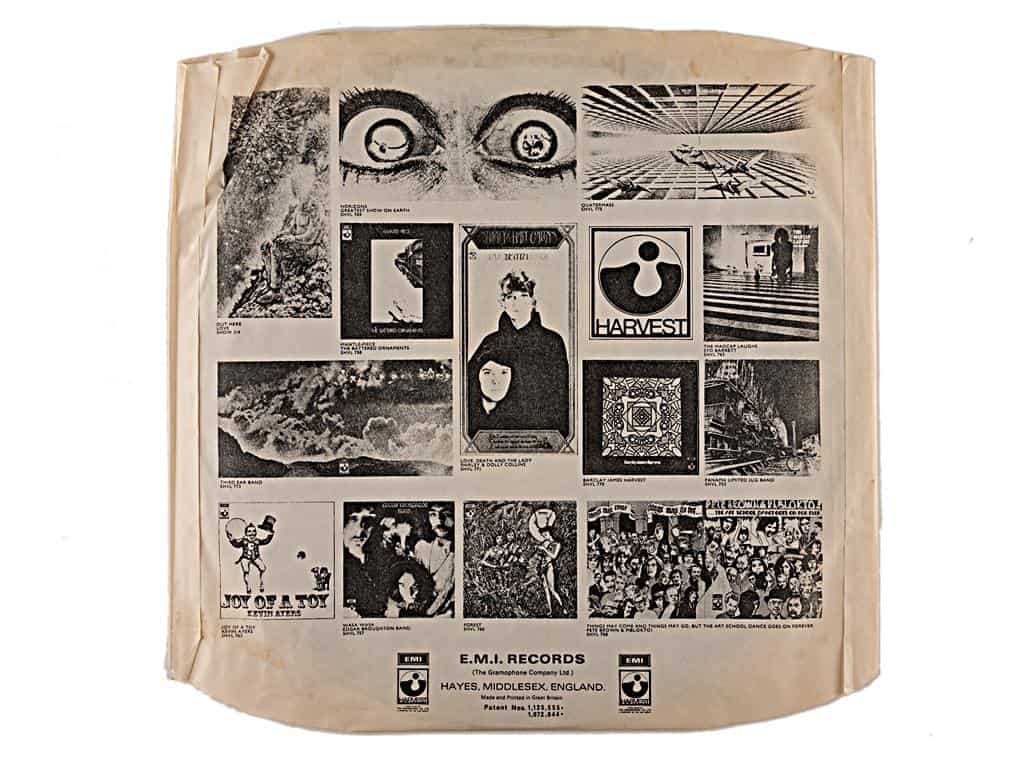
Of course, you may disagree but I believe if you destroy the original inner, you devalue the vinyl record as an original package, in every way. So I store the original inner next to the new inner. Either in the outer sleeve or even tucked into the plastic cover, hidden away at the rear.
PLASTIC ONLY INNERS
You can buy plastic-only inners that imitate the very first inner sleeve types with a rounded rear end.
These are kind to records but have no structural integrity so if you store them with the sleeve opening 90 degrees to the opening of the outer sleeve then this form of sleeve will crumple and lose integrity.
They are fine if you decide to position the inner opening parallel with the outer sleeve opening but then you leave the vinyl open to infusions of dust and grime. So no. I avoid this type of sleeve.
PAPER/PLASTIC INNERS
If you are on a budget? I recommend basic paper inner sleeves coated inside with a soft poly plastic. This provides the dual benefit of structural integrity so the inner keeps its shape during use but it’s also kind to your vinyl. There are various inners of this type from different suppliers.
Some are branded and some look slightly different from one another. In my experience? Basic budget sleeves of this type will do fine. I’ve never had a problem with them.
One tip? If you buy a second-hand record and it arrives with a sleeve like this? Replace it with a new one. The old one may possibly be worn inside or dust might have become embedded in it over the years. After all, you don’t know how this record has been previously stored.
If it has not been stored carefully then who knows? Dust might have become embedded inside the sleeve, over the years. To be sure, replace it. Get into he habit of replacing all second hand inner sleeves.
MOFI
Now I’ve seen basic poly-lined inner sleeves priced around £20 for 50. Prices vary all over the place of course but this kind of price is not too unusual. If you buy 50 Mobile Fidelity inners sleeves though, you may be paying double that amount. Again, prices vary (sometimes drastically) so do your shopping but, in broad terms? There is a price difference. And yes, I’m aware of MoFi clone sleeves but I’ll look at this sub-genre in another feature guide. We’re just focusing on the main inner sleeve genres for now.
Mobile Fidelity sleeves are built of three layers. At the front is a single poly layer. At the rear is a double, sealed poly construction with a paper filler acting as the sandwich. This offers strength and structural integrity for the inner as a whole.
Some people and the company itself has called this paper layer rice paper (or “rice paper-like”) but no, it isn’t that. To repeat, when you see these sleeves advertised as including rice paper? Don’t believe it. It just isn’t true. And if rice paper was actually included? It would actually perform worse than the standard cheapo paper utilised in all of these sleeves: original or clone, because it would offer lower structural integrity.
The idea of this inner variant is that, when you remove and insert your record, there’s no static build up so dust is not attracted to the vinyl surface. Thus, your record stays cleaner for longer. Also, as the poly layers are transparent, you can clearly see the record within which can be useful in itself.
Downsides? The price of course (depending where you buy) plus the structural integrity is fine but not the best. Corners can bunch up, depending on the outer sleeve design. Also, the front tends to crinkle as the MoFi inner ages so I’m imagining bits of the sleeve lifting allowing gaps for dust access but that might purely be my imagination because I have no proof on that. It’s a worry, let’s say that.
Even so, despite my picky comments, these are excellent inner sleeves and I’ve never had an issue with them. I do know some people who have – and I’ll talk about those in another Buyer’s Guide – but I have not.
CONCLUSION
So for now? How do I conclude this Guide?
Avoid paper inner sleeves but keep original paper inners as artefacts only.
Ignore soft, thin, plastic-only, inner sleeves that crumple like a prawn cracker in an outer sleeve.
Do buy poly-lined inners and seriously consider MoFi inners if you have the budget.
I was going to finish there. But then I recently received a new inner sleeve and that needs to be taken into consideration and as odd as it might sound I’m going to review that inner sleeve in a future feature. See you then.

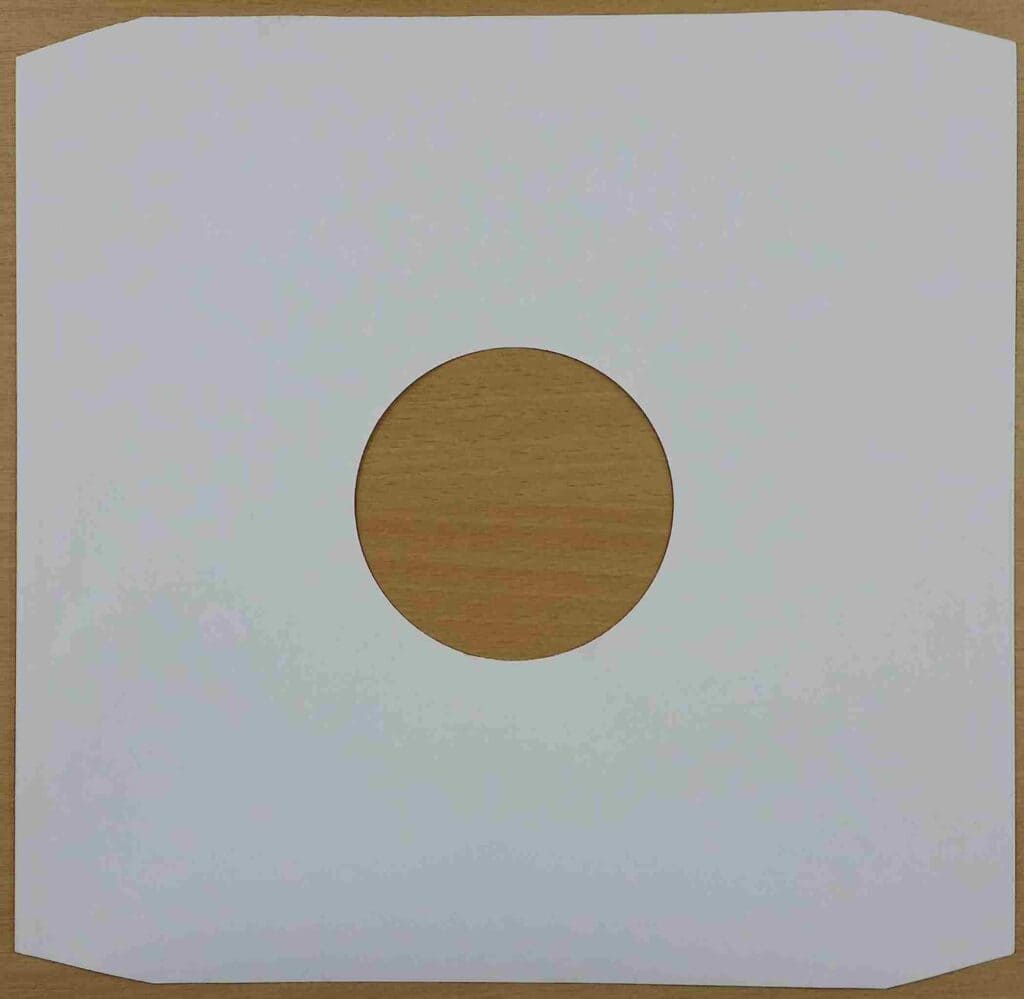
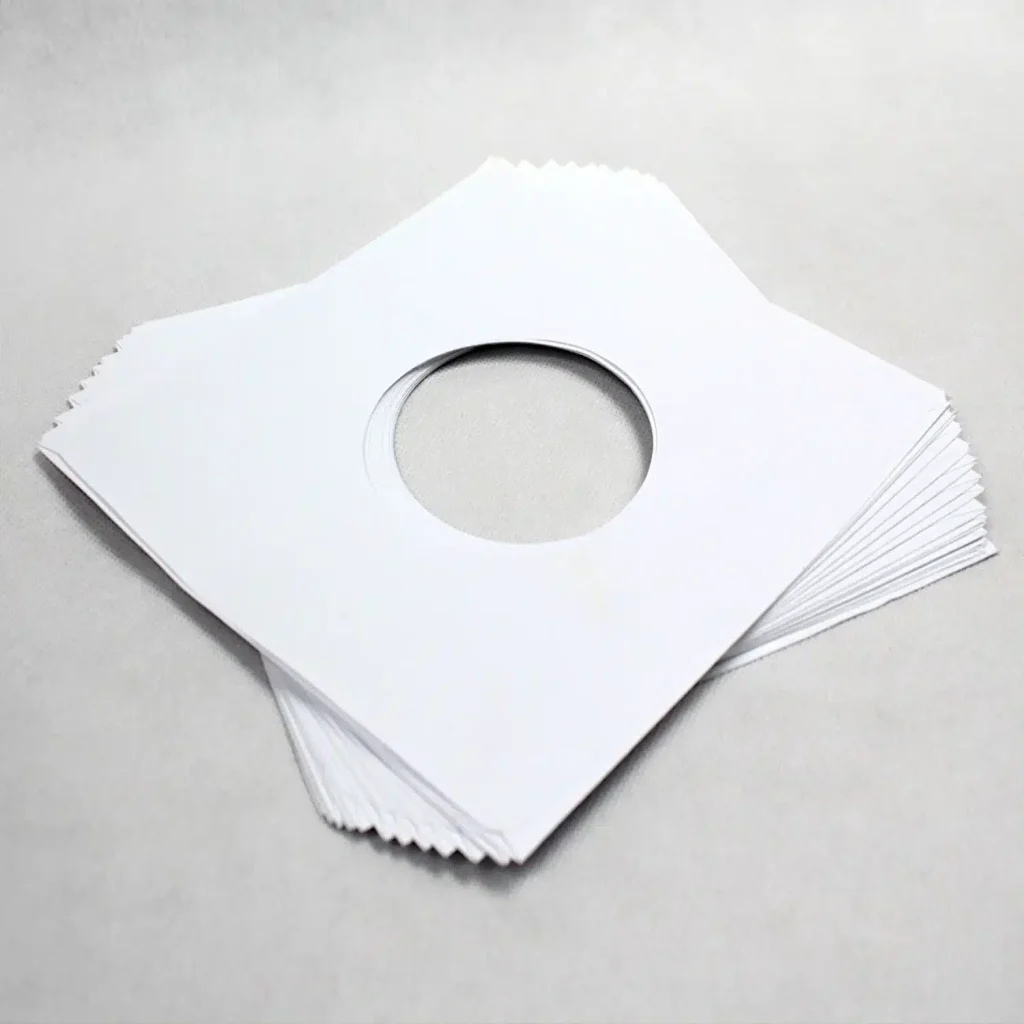
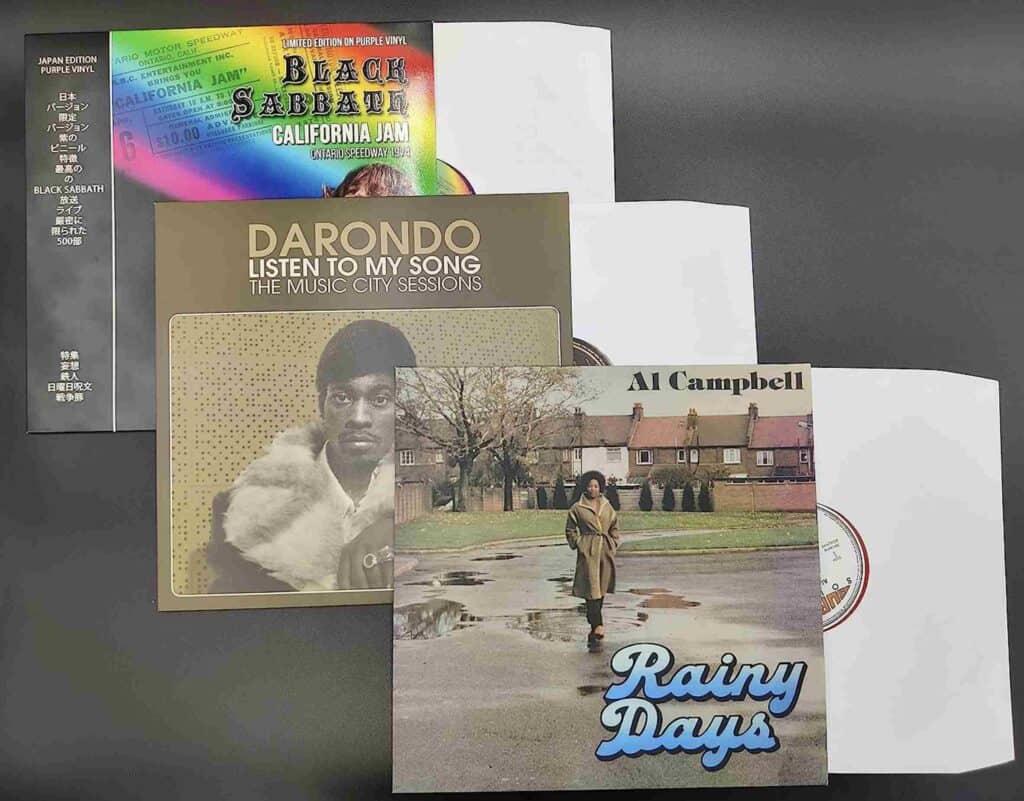
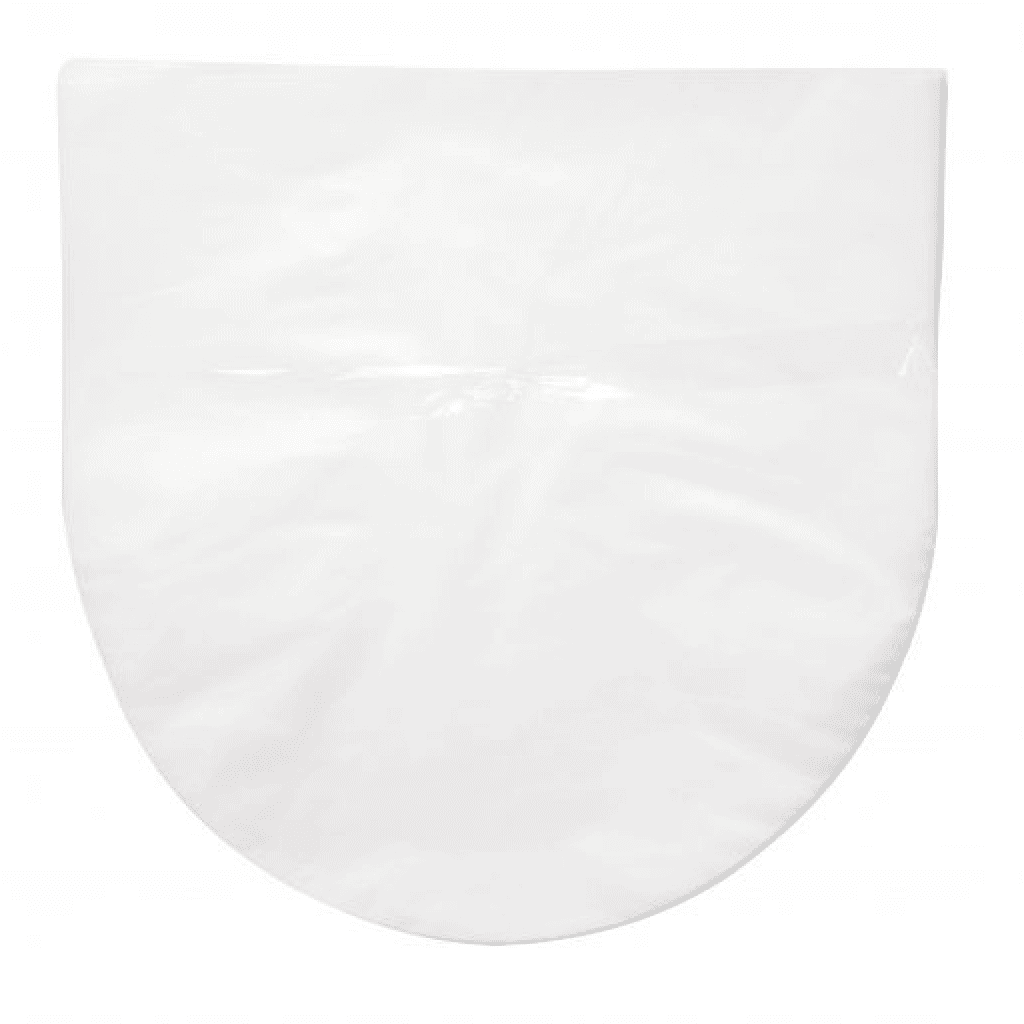
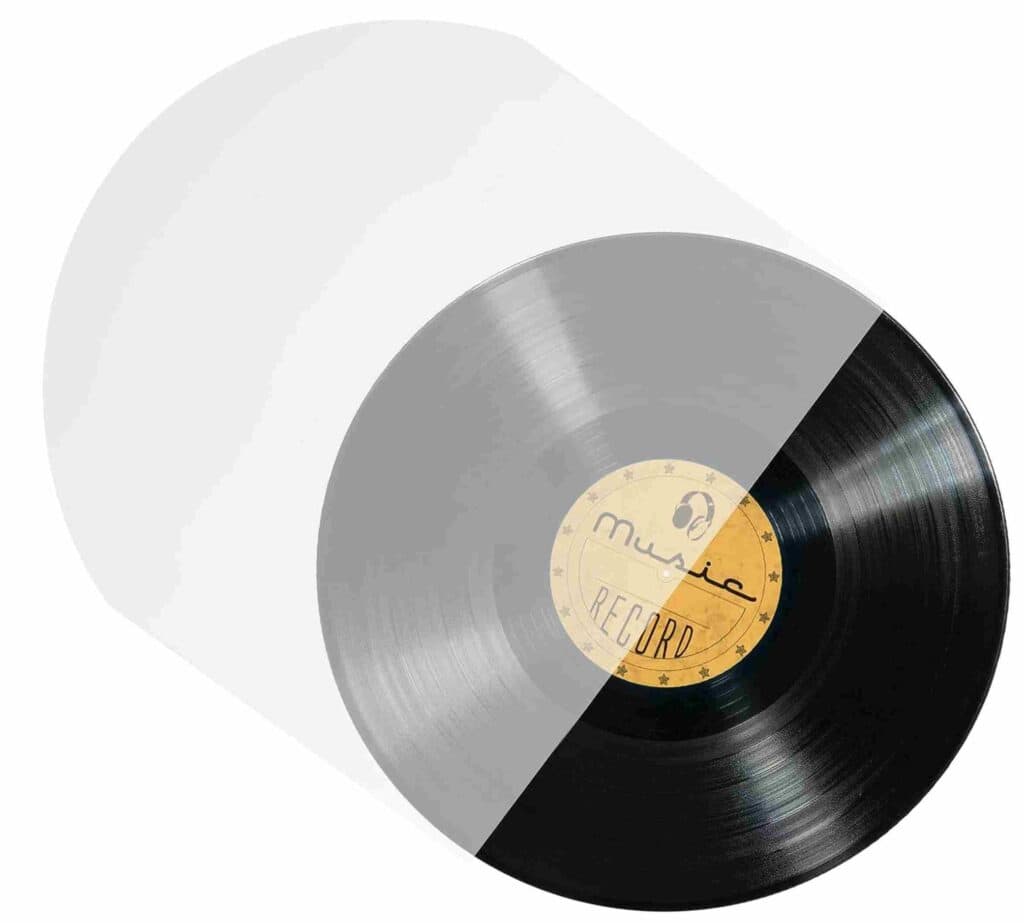
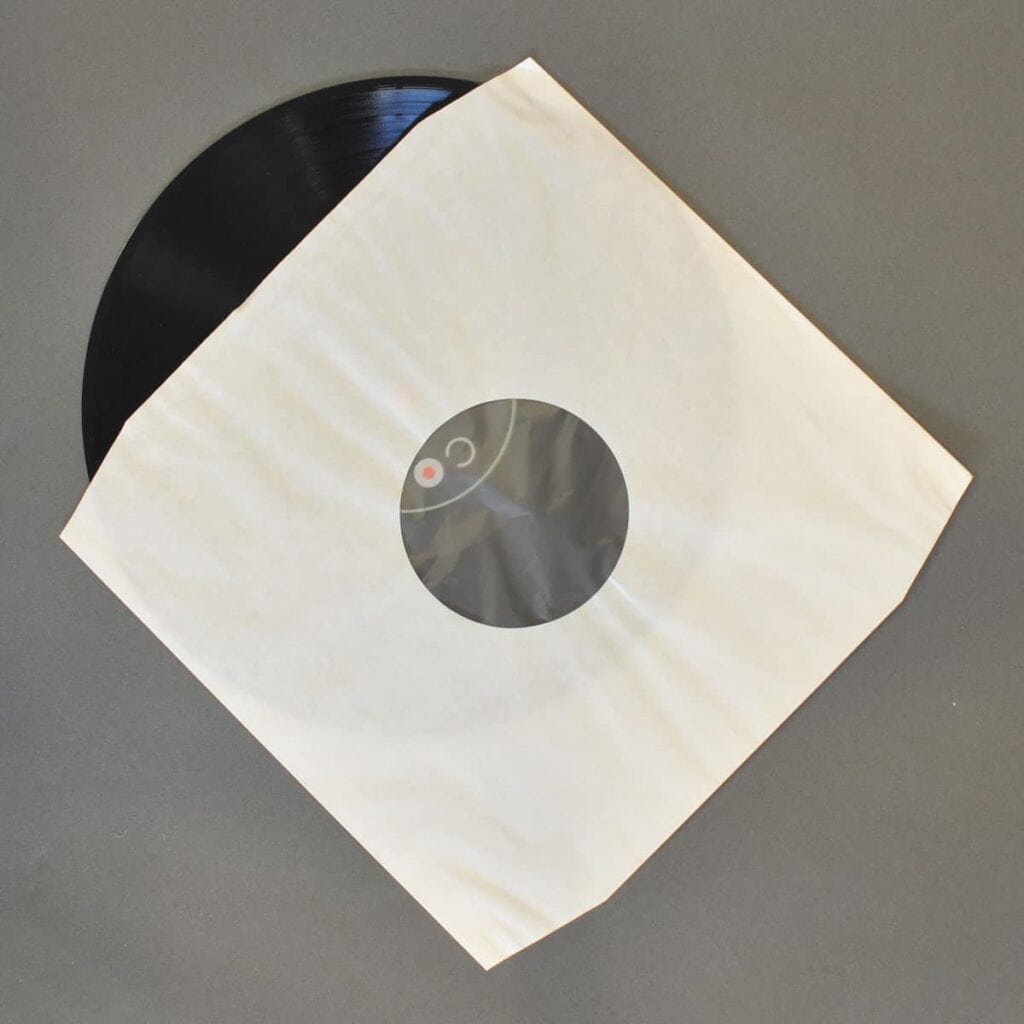
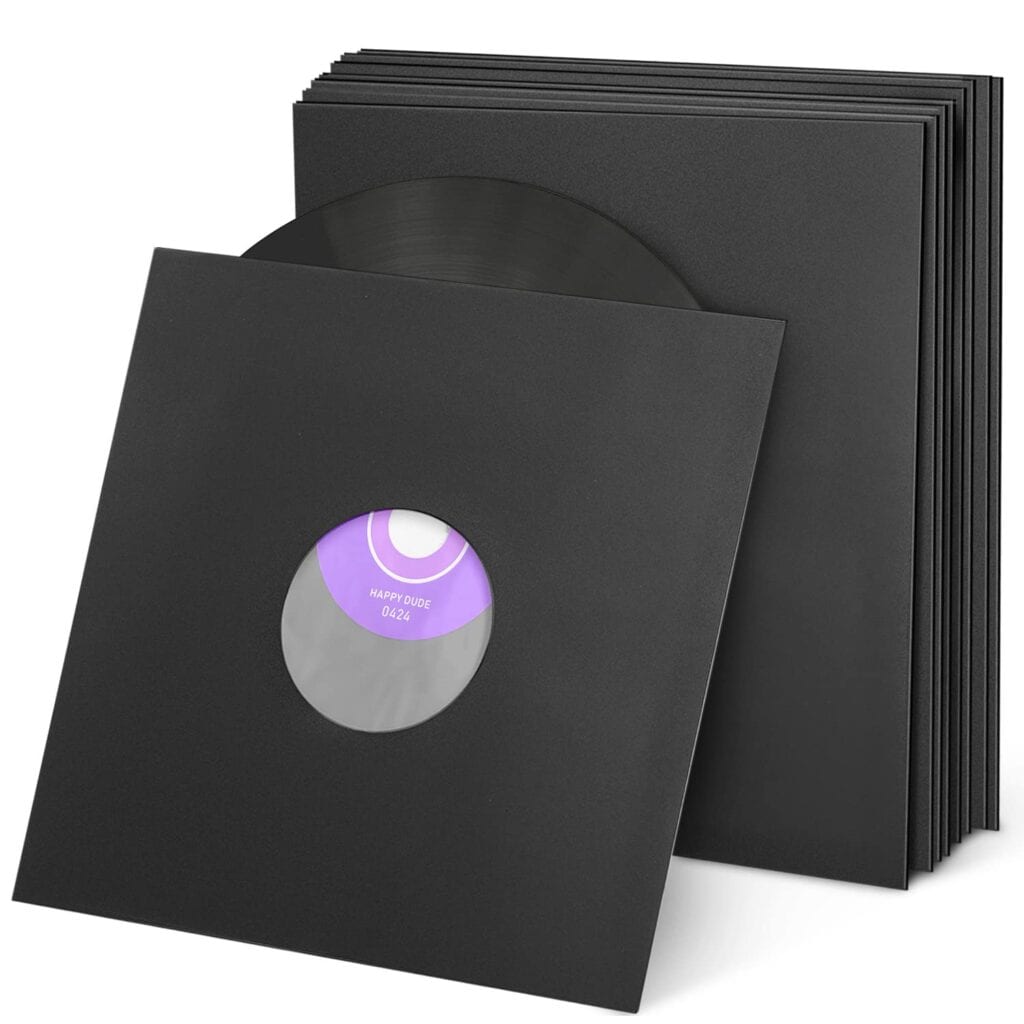
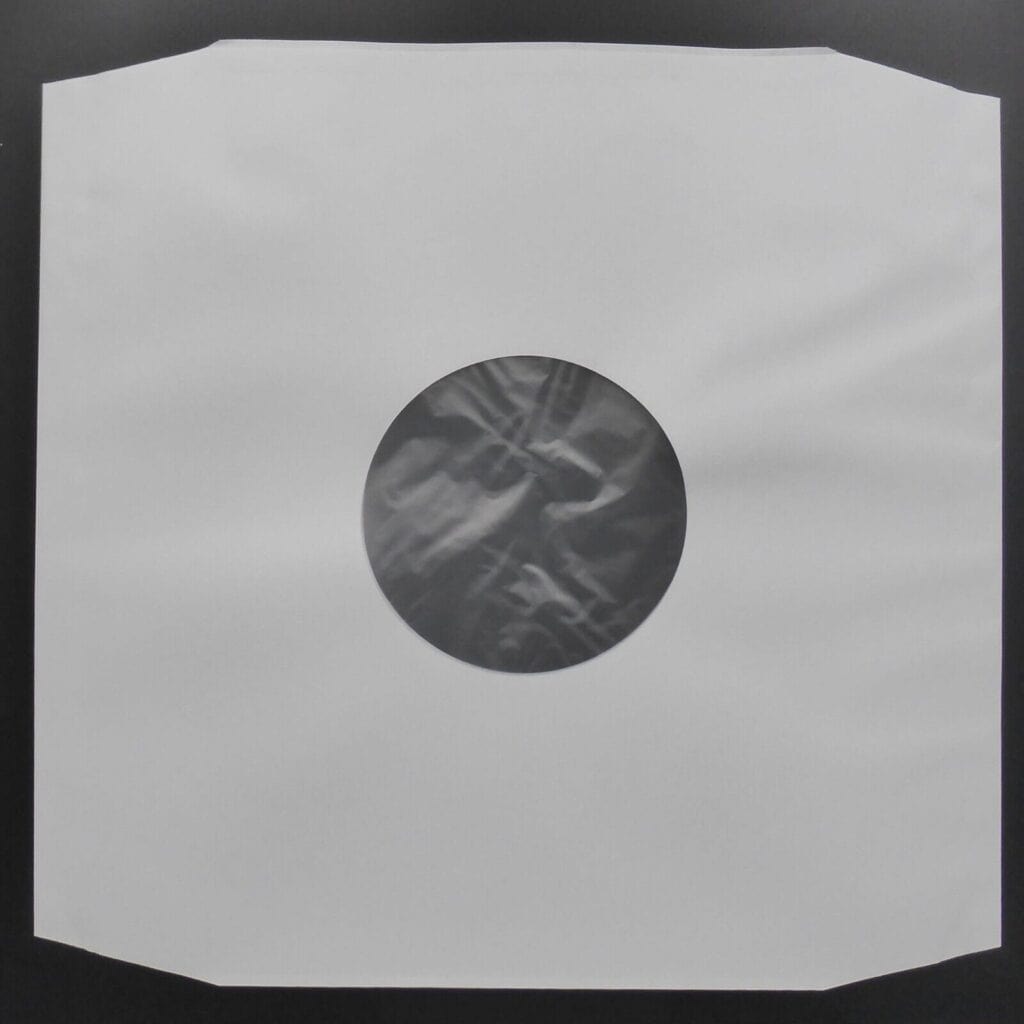
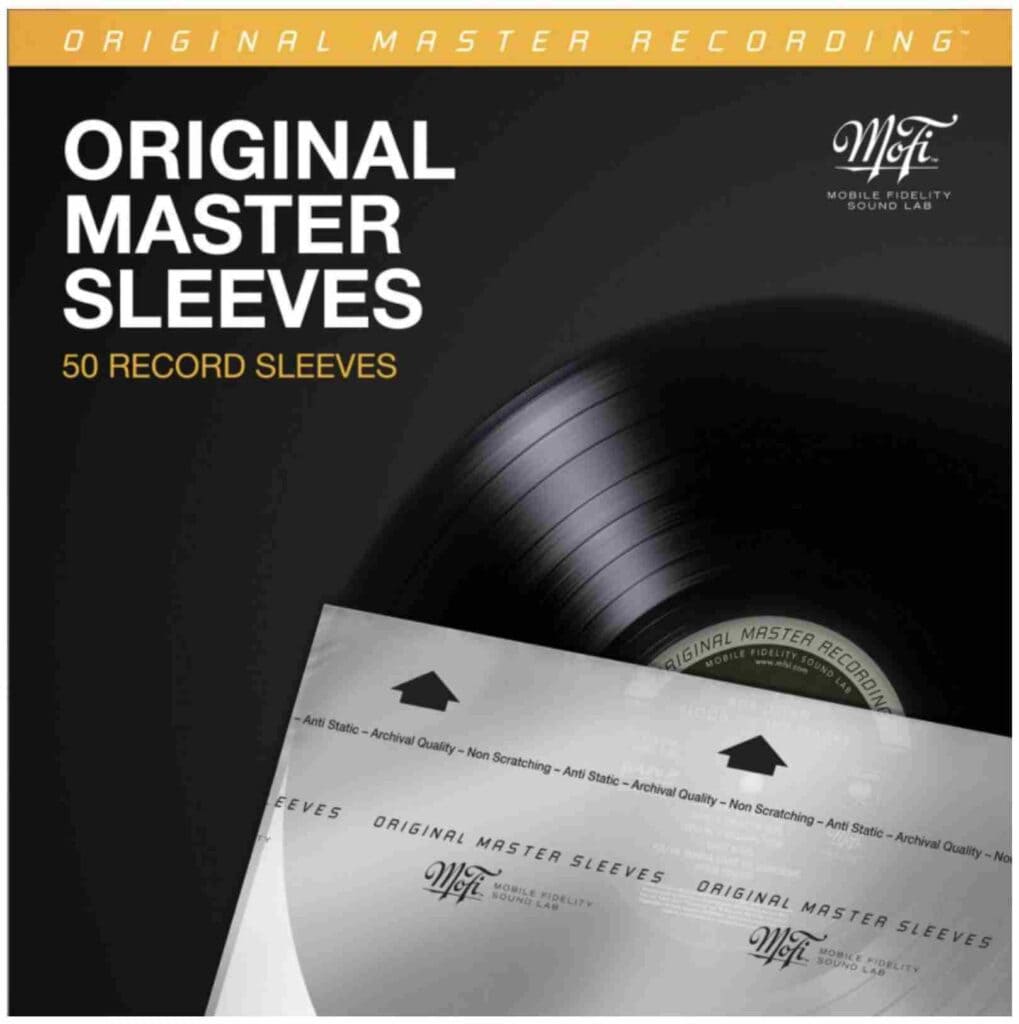
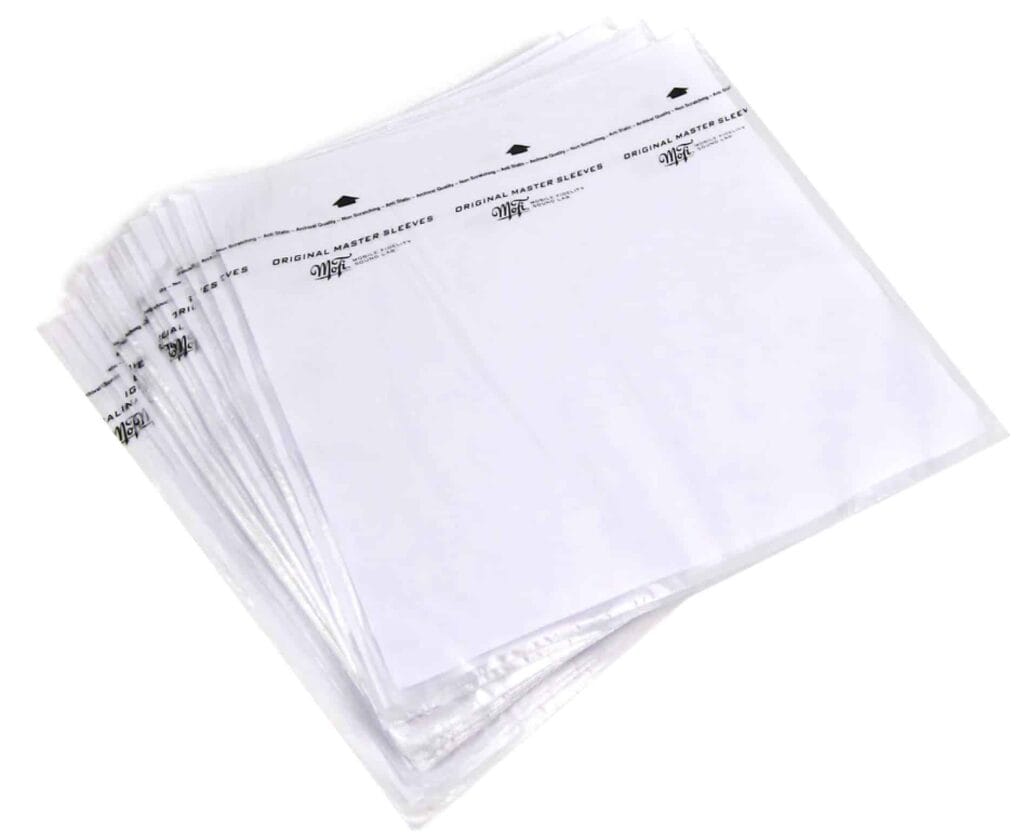
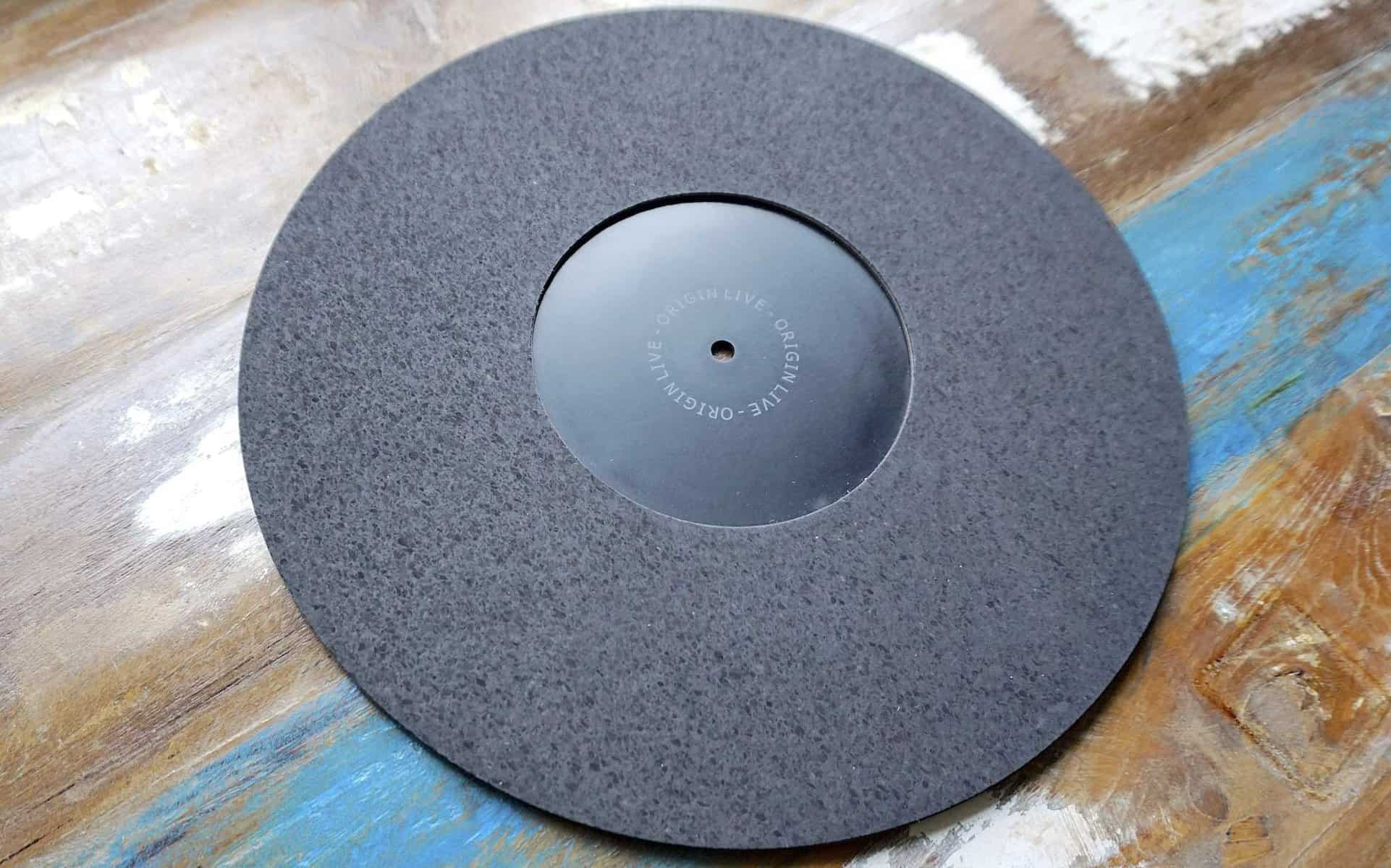

Thanks for this interesting and informative article. The MOFI are expensive and do lack some structural integrity, but if handled with a bit of care do seem IMO to be the best available. Whether they are the best value for money though is a separate point.
I suppose my biggest gripe with MOFI however is that if used, then the original inner (usually paper) sleeve often needs a separate home as there is not always room inside the outer sleeve for both. As the original inners often include production details, lyrics, artwork etc, I prefer to keep them with the album. As a result I have started to use the thin plastic inner sleeves made by Nagaoka placed inside the original inner sleeve. The additional care needed is slight and more than made up by being able to keep the original inner part of the package.
But why oh why, given the high price of vinyl, do record companies still use paper sleeves? Yes they are cheap, but if paying £25 or more, surely the customer deserves better?